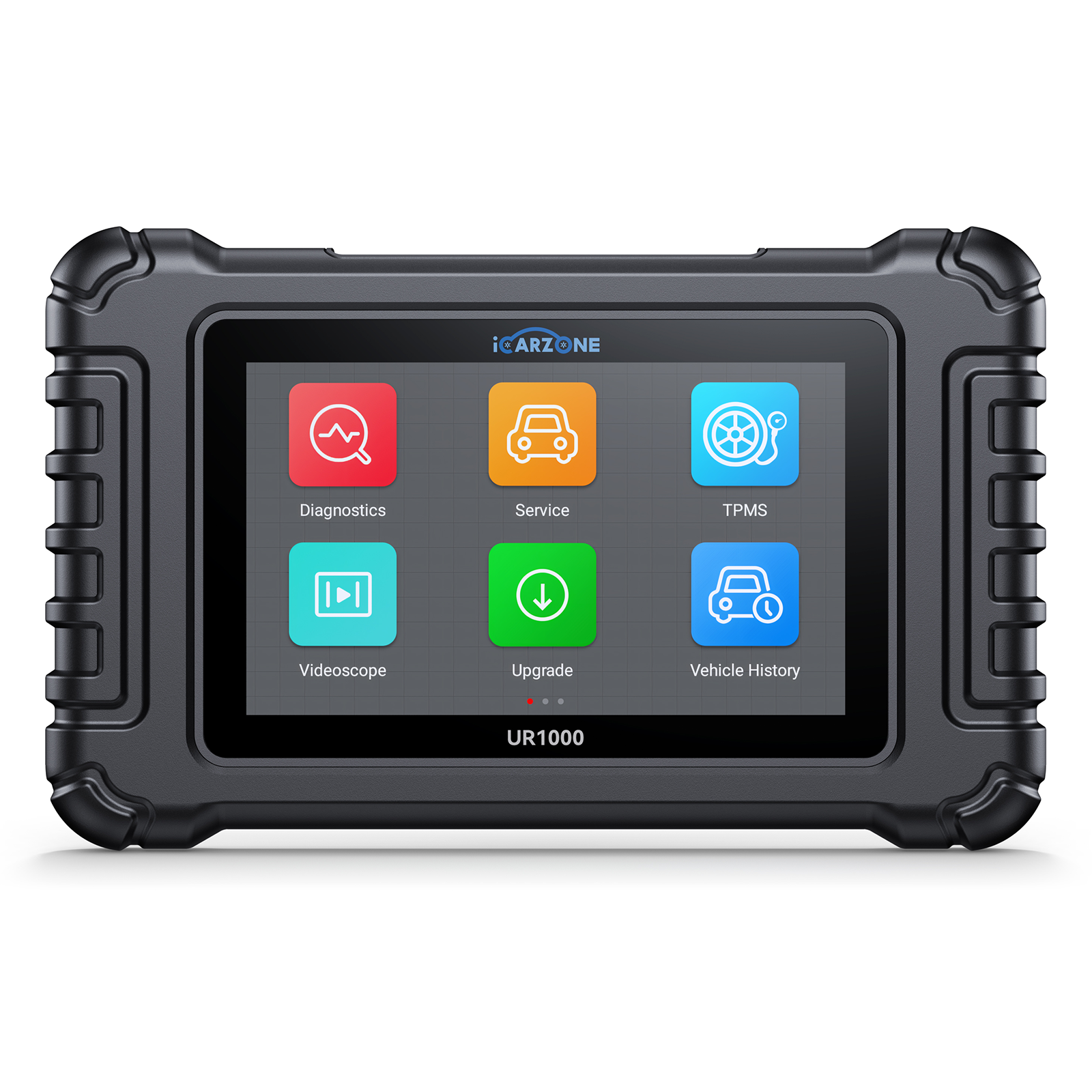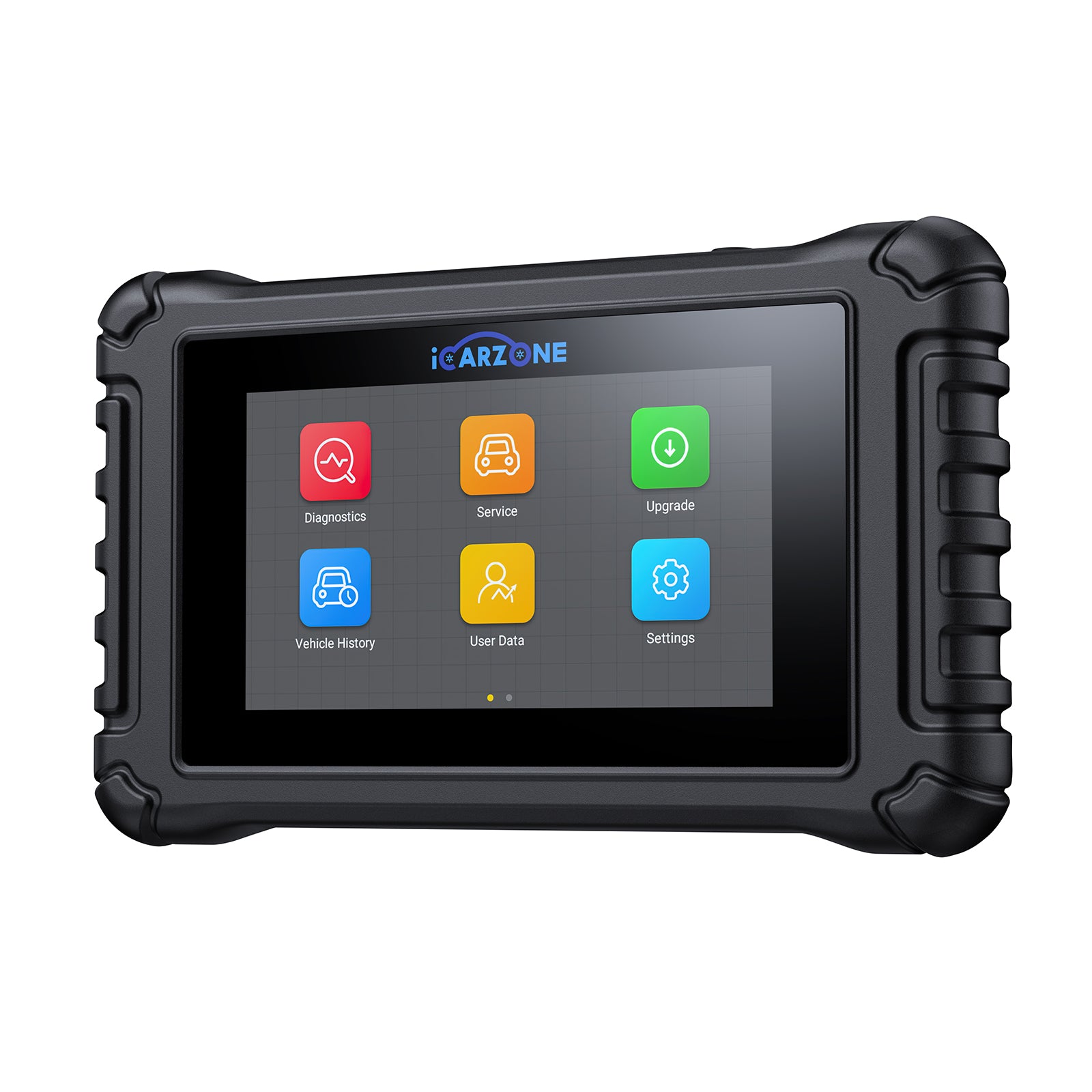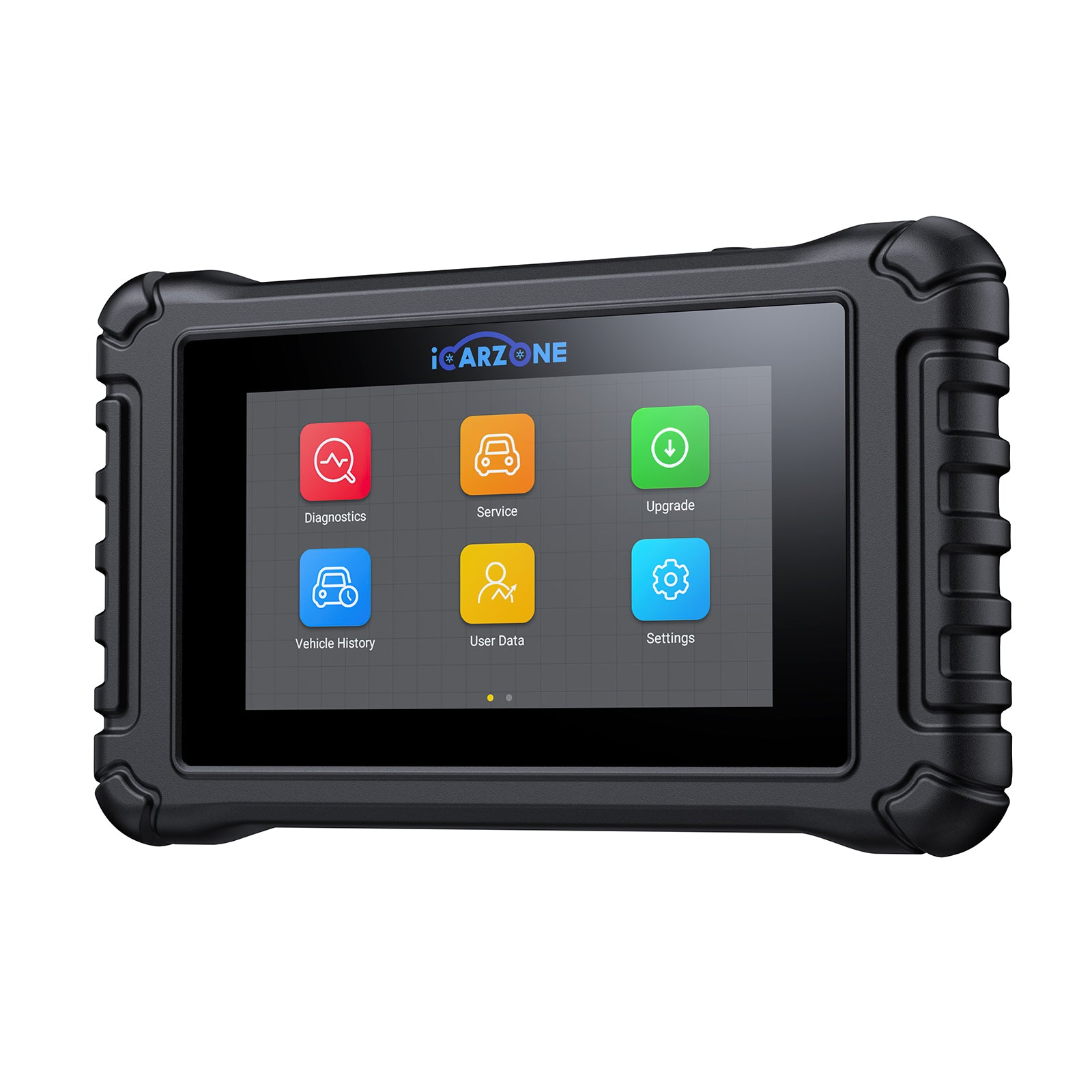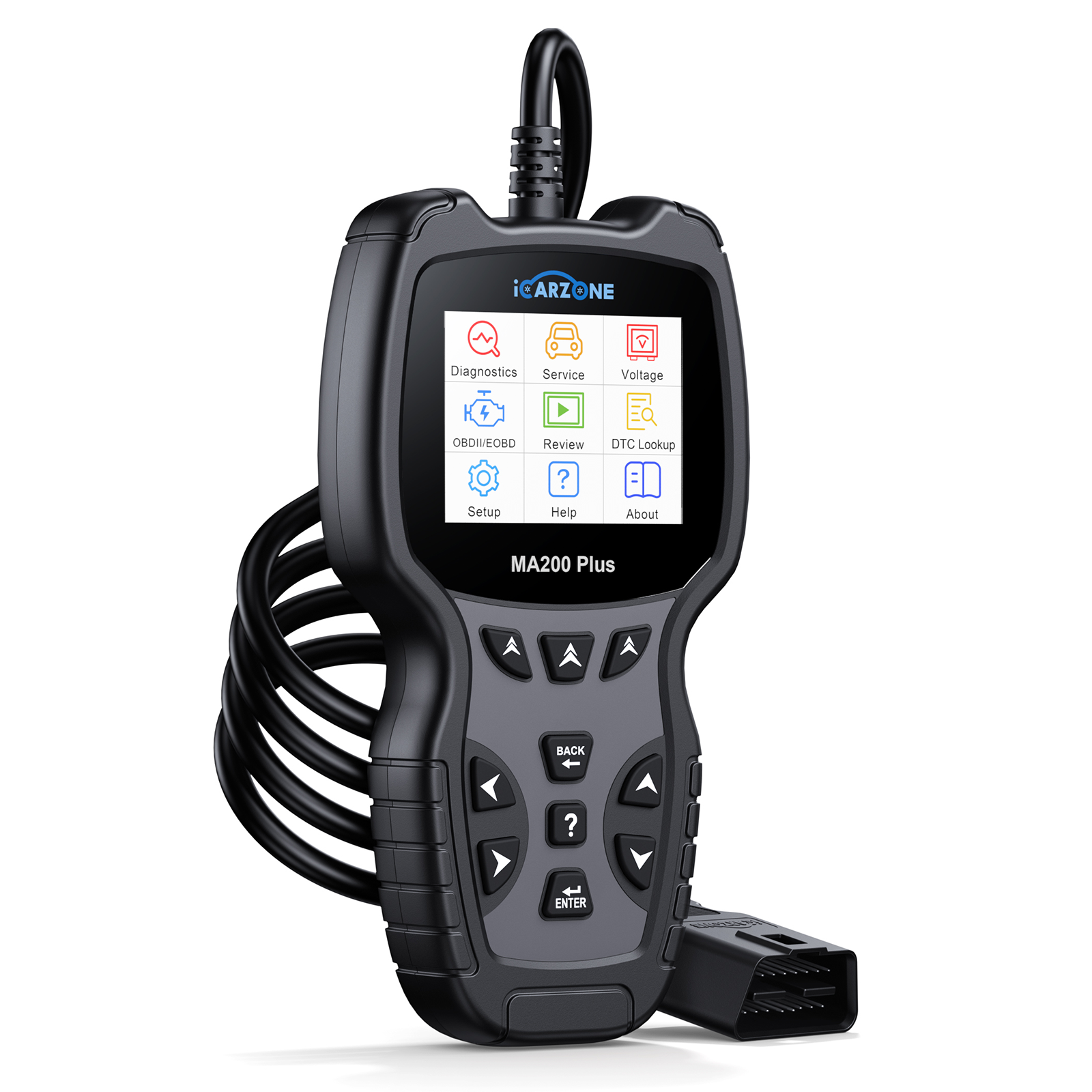P0130: Oxygen Sensor Circuit Malfunction (Bank 1, Sensor 1)
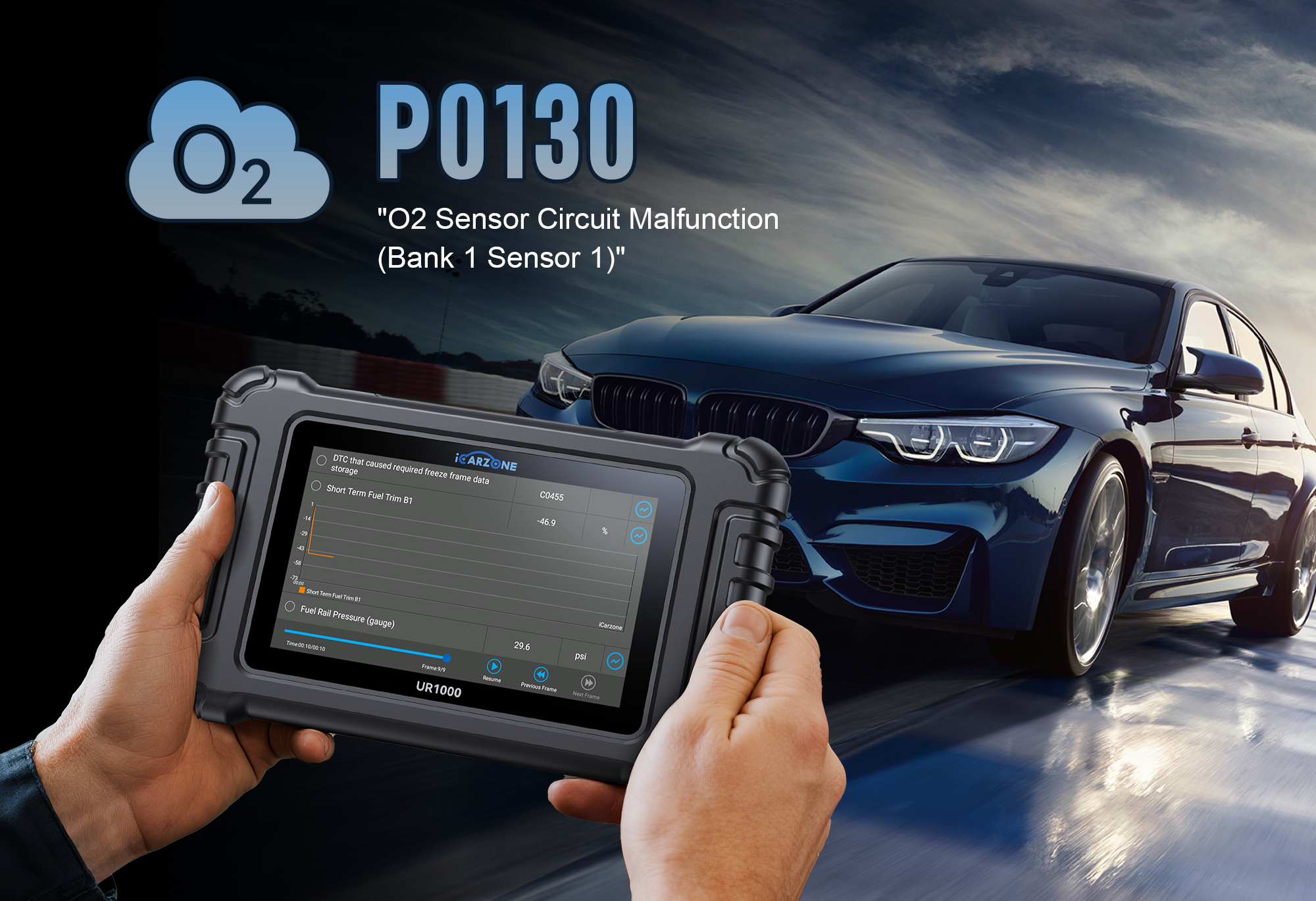
P0130: Oxygen Sensor Circuit Malfunction (Bank 1, Sensor 1)
Learn to fix P0130: causes of O2 sensor circuit issues, step-by-step diagnosis, and proven solutions to restore fuel efficiency and emissions performance.
View Diagnostic Tools1. What is P0130?
P0130 is a diagnostic trouble code indicating Oxygen Sensor Circuit Malfunction (Bank 1, Sensor 1). It triggers when the Engine Control Module (ECM) detects abnormal voltage signals from the primary oxygen sensor in the first cylinder bank (Bank 1), located before the catalytic converter.
Role of Oxygen Sensors
Oxygen sensors monitor exhaust gas oxygen levels to adjust fuel injection, maintaining the ideal 14.7:1 air-fuel ratio. Bank 1, Sensor 1 (upstream O2 sensor) provides critical real-time data for combustion optimization. A healthy sensor cycles between 0.1V (lean) and 0.9V (rich). P0130 activates when this signal is absent, erratic, or outside normal ranges.

2. Causes & Real-World Examples
P0130 stems from electrical or mechanical issues disrupting the O2 sensor signal. Common causes with scenarios:
-
Faulty Oxygen Sensor
Example: 2018 Honda Civic – 100k+ miles caused sensor degradation; signal stuck at 0.5V. Replacement restored normal voltage cycles. -
Damaged Wiring/Connectors
Example: 2019 Toyota Camry – Rodent-chewed wiring created an open circuit. Repairing harness and sealing with loom fixed P0130. -
Exhaust Leaks
Example: 2017 Ford Escape – Leak before O2 sensor introduced fresh air, causing false lean readings. Exhaust gasket replacement resolved the issue. -
ECM Communication Failure
Example: 2020 Chevrolet Malibu – Software glitch prevented ECM from reading sensor data. Reflashing ECM cleared the code. -
Oil Contamination
Example: 2016 Subaru Outback – Engine oil consumption coated the sensor, disabling its function. Sensor replacement + oil leak repair required.

3. Symptoms
Common signs of P0130-related issues:
- Check Engine Light: Illuminated with P0130 stored in ECM memory.
- Poor Fuel Economy: 10-20% MPG drop due to unoptimized fuel injection.
- Engine Hesitation: Sluggish acceleration from incorrect air-fuel mixture.
- Rough Idle: Uneven engine operation at low speeds.
- Increased Emissions: Failed smog tests due to improper combustion.
- Catalytic Converter Risk: Rich mixtures can overheat and damage the cat.
4. Vehicles Prone to P0130
Vehicles with high-mileage O2 sensors or vulnerable wiring often experience P0130:
- Honda Civic/Accord (2013–2020) – Sensor degradation common after 80k miles.
- Toyota Camry/Corolla (2012–2019) – Rodent-damaged wiring in engine bays.
- Ford F-150 (2015–2020) – Exhaust manifold gasket leaks affecting upstream sensors.
- Chevrolet Silverado (2014–2018) – ECM software bugs causing false readings.
- Subaru Outback (2015–2021) – Oil consumption leading to sensor fouling.
5. Diagnostic Flow
Systematic steps to identify P0130 root causes:
| Step | Action | Tools | Purpose |
|---|---|---|---|
| 1 | Read Codes & Live Data | iCarzone UR1000 | Confirm P0130; check O2 sensor voltage patterns. |
| 2 | Visual Inspection | Flashlight, multimeter | Check for damaged wiring, oil contamination, exhaust leaks. |
| 3 | Voltage Testing | Multimeter, backprobe kit | Verify 5V reference, ground, and signal voltage at sensor connector. |
| 4 | Exhaust Leak Check | Smoke machine or spray bottle | Detect leaks upstream of the O2 sensor. |
| 5 | Sensor Resistance Test | Multimeter (ohms) | Check sensor heater circuit (typically 10–40Ω). |
Example: A 2018 Civic with P0130 showed flat 0.5V on UR1000. Resistance test revealed open heater circuit – confirming sensor failure.
Get O2 Sensor Testers6. Solutions & Execution
-
Oxygen Sensor Replacement:
- Locate Bank 1, Sensor 1 (before catalytic converter on cylinder bank 1).
- Disconnect battery; use oxygen sensor socket to remove old sensor.
- Apply anti-seize to new sensor threads (avoid sensor element).
- Tighten to 30 ft-lbs; reconnect electrical connector.
- Clear codes and test drive to verify.
-
Wiring Repair:
- Identify damaged sections using continuity testing.
- Repair with heat-shrink butt connectors; secure with loom.
- Apply dielectric grease to connectors to prevent corrosion.
-
Exhaust Leak Repair:
- Replace faulty gaskets or repair cracked manifolds/pipes.
- Ensure proper torque on exhaust hardware to prevent future leaks.
-
ECM Update:
- Check for TSBs related to P0130 for your vehicle.
- Update ECM software using professional-grade scanner.
7. Repair Costs & Precautions
- Oxygen Sensor: $50–$150 (DIY), $150–$300 (professional)
- Wiring Repair: $10–$40 (DIY), $100–$250 (professional)
- Exhaust Leak Fix: $20–$100 (gaskets), $200–$500 (manifold repair)
- ECM Update: $0–$100 (DIY), $100–$200 (dealer)
Precautions
- Never work on hot exhaust components – allow to cool completely.
- Use only OEM or OE-equivalent sensors for accurate readings.
- Apply anti-seize sparingly – avoid sensor element contamination.
- Clear adaptation data after replacement with a scanner.
8. Preventive Measures
Avoid P0130 with these maintenance tips:
- Replace O2 sensors every 60,000–100,000 miles as preventive maintenance.
- Inspect wiring harnesses during oil changes for rodent damage.
- Address oil leaks promptly to prevent sensor fouling.
- Use quality fuel to reduce sensor contamination.
- Check exhaust gaskets when replacing other exhaust components.
9. FAQ
Short-term yes, but long-term driving causes poor MPG and potential catalytic converter damage.
Often yes, but confirm with voltage testing first – wiring issues mimic sensor failure.
Bank 1 is where cylinder #1 is located; Sensor 1 is before the catalytic converter.
Yes – contaminated fuel can foul sensors, causing erratic signals.
10. Summary
P0130 indicates a malfunction in the upstream oxygen sensor circuit (Bank 1, Sensor 1), disrupting air-fuel ratio control. Causes include sensor failure, wiring damage, exhaust leaks, or ECM issues. Symptoms include poor fuel economy and rough performance. Systematic diagnosis with tools like the iCarzone UR1000 identifies the root cause, with solutions ranging from sensor replacement to wiring repairs. Regular maintenance prevents recurrence and protects emissions components.

Diagnose O2 Sensor Issues Easily
The iCarzone UR1000 provides live O2 sensor data, voltage testing, and code reading to quickly fix P0130 and optimize engine performance.
Shop Diagnostic Tools

